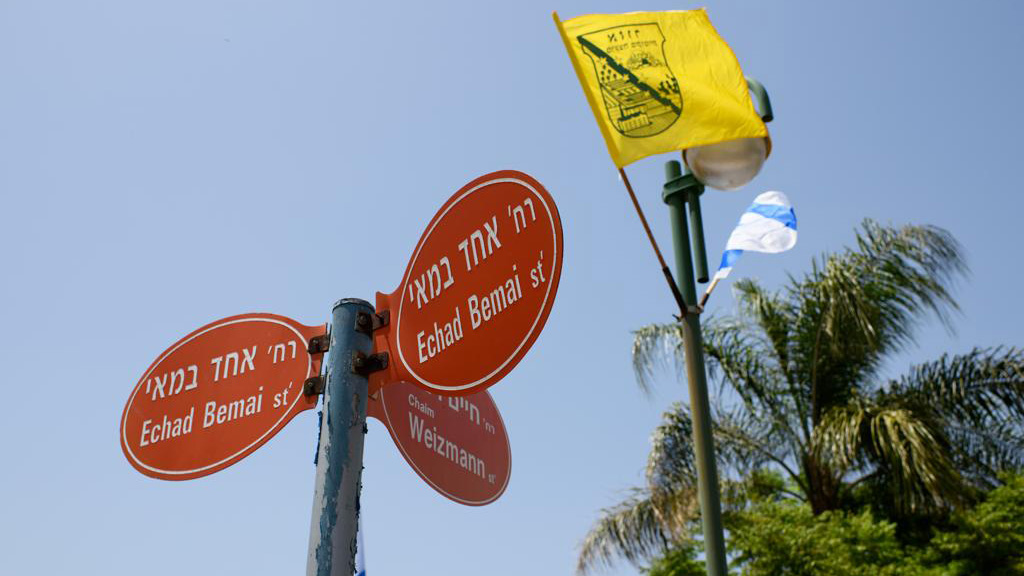
Once, when Israel’s founding Labor movement was strong, the first of May was a day when representatives of workplaces, vocational schools, and youth movements took part in jubilant parades filled with song and dance to celebrate the workers’ holiday.
Today, many remnants of Israel’s once-dominant socialist roots remain, including the many streets around the country named after May Day. Some residents of these streets remember the significance of the day; others do not.
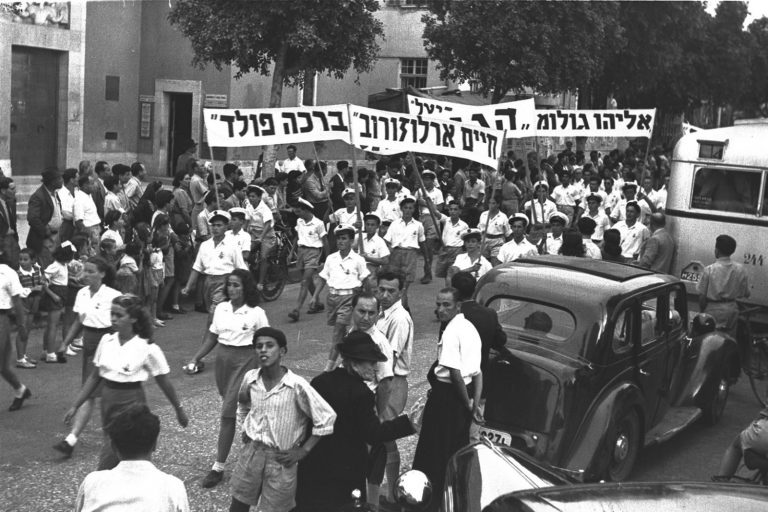
May 1st Street, Azor | “Today everyone has their own opinion”
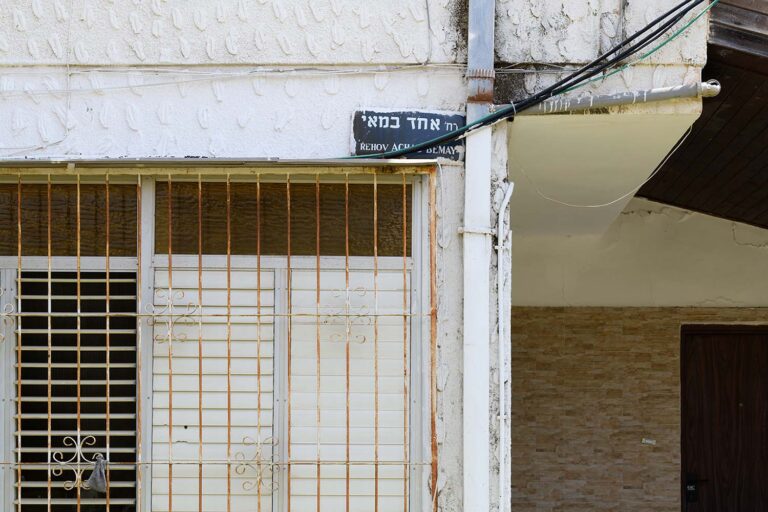
“This used to be a neighborhood of Mapamnikim,” says Greta Levy, 87, referring to onetime supporters of the socialist Mapam, or United Workers Party (Mapam merged with other parties in 1992 to create today’s left-wing Meretz party). Levy lives on May 1st Street in Azor, a town just outside of Tel Aviv that she helped found in 1948.
“May Day was an accepted thing then,” says Levy. “I was a Communist back then. It was a difficult period but we got through it with the strength of our ideology. We believed that there were important things like social justice and equal rights for all.
“Back then the Mapamnikim, the Communists, and even the religious all stood together. They were friends. We’re missing that today. Now everything is radicalized; it’s a shame.”
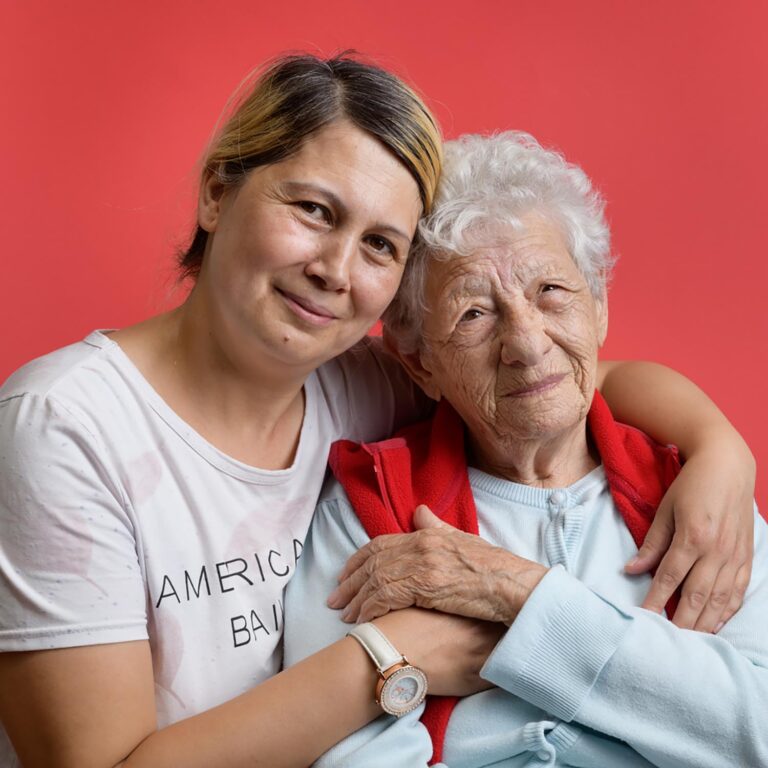
“I’m not a Communist anymore,” Levy admits. “During the Six-Day War, we were sure that [Socialist Egyptian President Gamal Abdel] Nasser would be with us, and when we saw him going to war against us I left the party. Why? For my grandchildren. Today each of my grandchildren believes in something different, everyone has their own opinion.”
Azor’s humble May 1st Street is also home to a community center and thrift store operated by the Women’s International Zionist Organization (WIZO). Many Israeli flags wave along the street, but no red ones. One house, surprisingly, flies the yellow Gadsden flag, which features a coiled rattlesnake and the words “Don’t Tread on Me,” and has come to symbolize right-wing American libertarianism.
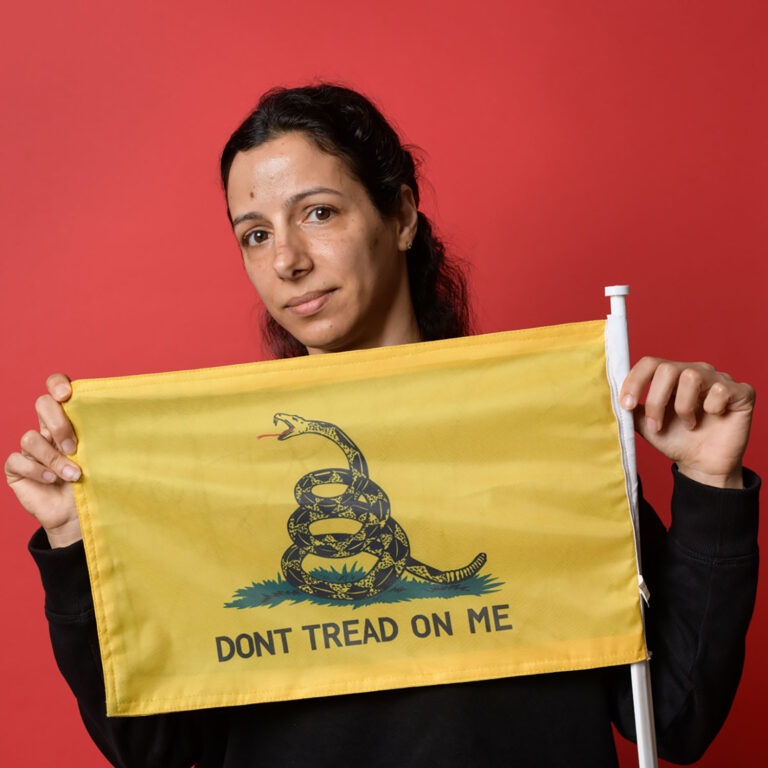
“To me, the flag symbolizes the demand for freedom and liberty, which is what we’re missing,” says Shari Farin, 40. “We live in a delusion of democracy. That’s the worldview that I’ve developed over the last three years, and especially the last two and a half years, after they trampled on all of our rights as human beings and as citizens with the COVID laws, travel restrictions, masks, forced injections. These are all forms of force that remind me of Communism.”
Farin shows a video of dust particles that she gathered from her car this week being drawn towards a magnet.
“It’s chem trails,” she says. “They’re poisoning our air, they’re changing the weather, they tell us that we can choose, but we live in a kind of bubble. They clog your lungs. Anyone who looks outside of the mainstream media will see that masks are a symbol of slavery.”
May 1st Street, Ramla | “We’re a great example of living together”
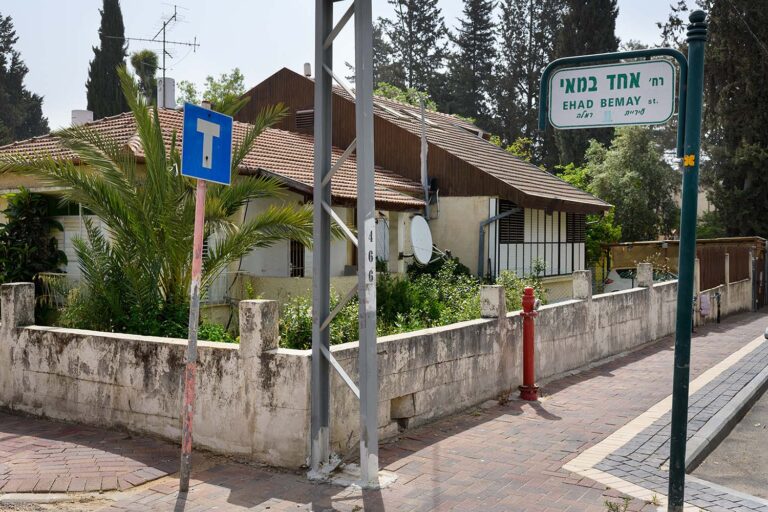
Ramla, a mixed Arab-Jewish city southeast of Tel Aviv, is home to a small May 1st Street.
“All of the neighbors here are nice. Everyone’s quiet,” says Suheir Hutzri from the entrance of her well-kept home, adorned with a cross and a picture of the Virgin Mary. “I grew up in Beit Hanina (a Palestinian neighborhood in East Jerusalem) and learned English there. I moved here after I got married 12 years ago.”
Hutzri loves her neighborhood and the warm relations she shares with her neighbors, but doesn’t know the origin of the street’s name.
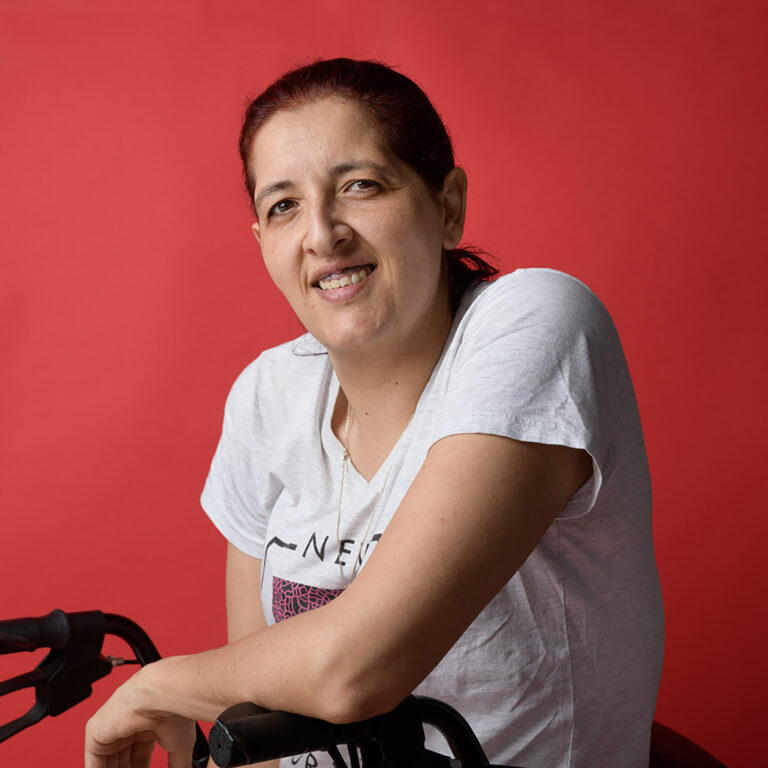
Chaim Blumenfeld, 58, agrees with Hutzri’s assessment of the neighborly relations on the street.
“We’re a great example of living together,” he says. “Here we have Jewish families and Christian-Arab families living beside each other wonderfully. It’s a heterogeneous street in a heterogeneous neighborhood, we have all of the different holidays here.”
Blumenfeld and his family are veteran residents of Ramla’s May 1st Street, living there for over 50 years. He lives at number 5, his mother at number 3.
“Of course the street was named after the workers’ holiday,” he says. “The main street that our street splits off of used to be called HaPoel Street [poel is Hebrew for laborer]. Now they’ve changed the name after the former deputy mayor Chaim Asher. As kids we would also celebrate May Day at school, it was a normal thing then, when the Histadrut was strong.”
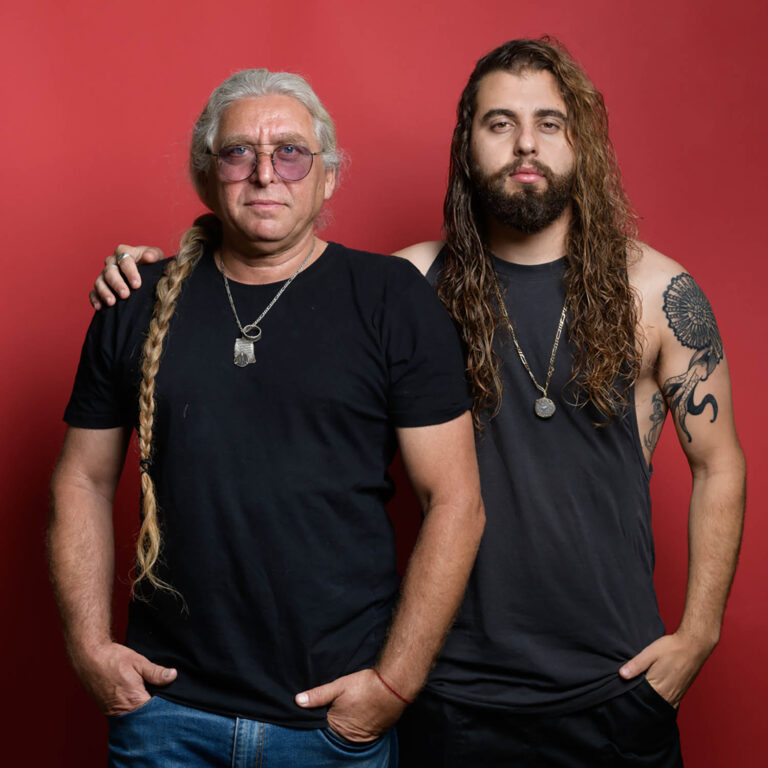
Blumenfeld’s son, Roey (27), says that he only learned the meaning of the street’s name when he looked it up on the internet.
“They never talked about May Day in school,” he says. “But I think it’s something that actually needs to be talked about more. I mean, we’re all workers, and our labor is what builds the State of Israel. Everyone contributes in their own way. Workers deserve to have a day of the year to receive recognition and respect.”
The younger Blumenfeld works as a butcher at a restaurant in Rehovot.
“I love meeting the customers, the staff that I work with… but mainly I really love meat and that’s why I chose it as a profession,” he explains. “It’s nice to work doing something you love and to get paid for it.”
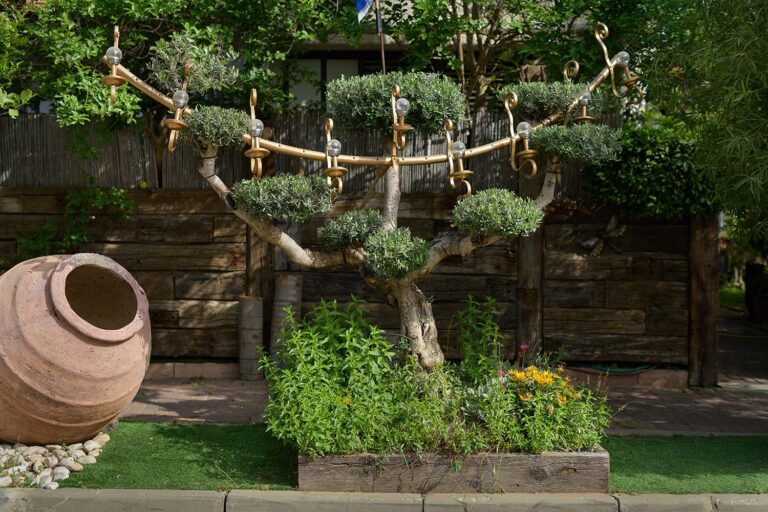
The elder Blumenfeld is a contractor and garden designer. He’s applied his talents to the street he lives on, which features an olive tree shaped like a menorah and a millstone sculpture that he designed. According to Blumenfeld, the street used to be better cared-for.
“It’s been a bit neglected by the city government for the last few years. For example, there were three big palm trees at the entrance to the street that have been destroyed by weevils. I told the city about it, but they didn’t do anything.”
May 1st Street, Holon | “Once being a construction worker was an honor”
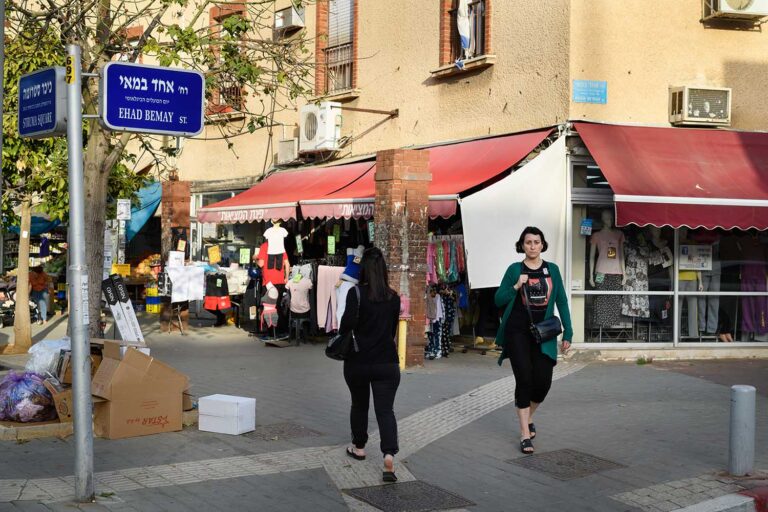
May 1st Street in Holon is the largest and most central of the streets in Israel. It begins on the main Histadrut street, and ends in Struma Square on Dov Hoz Street. The symbols of the Labor movement have a strong presence in the city. The new street signs on the corners read International Workers’ Day under “May Day.” But on the street signs on the wall of one house, it reads: the day of solidarity with manual laborers.
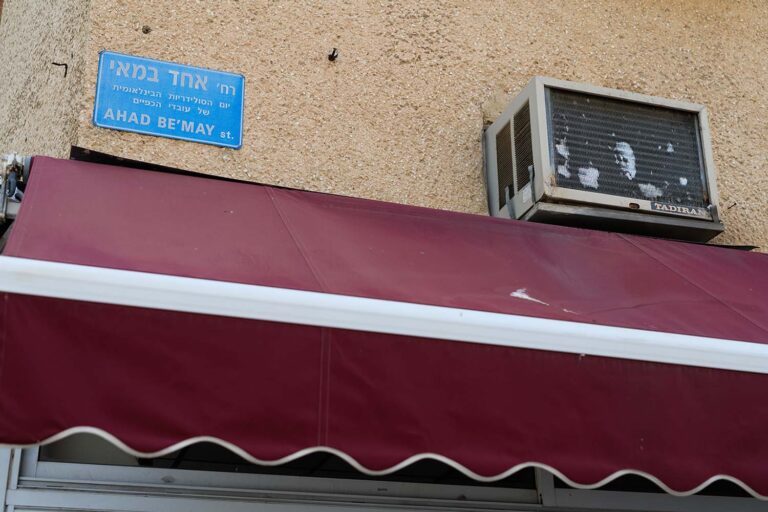
“Today there are no more Jews working [in manual labor], only Arabs are building the country,” says Zvika Zander, 70, who lives in his grandfather's old house. “Once upon a time, workers from Solel Boneh [the construction collective started by the Labor movement] lived in this neighborhood, and my grandfather was one of the builders of the neighborhood.
“Once being a construction worker was an honor, we earned well,” he says. “I too was a construction worker and worked at a construction site. On May 1st, we would go to Tel Aviv with a red flag to celebrate.”
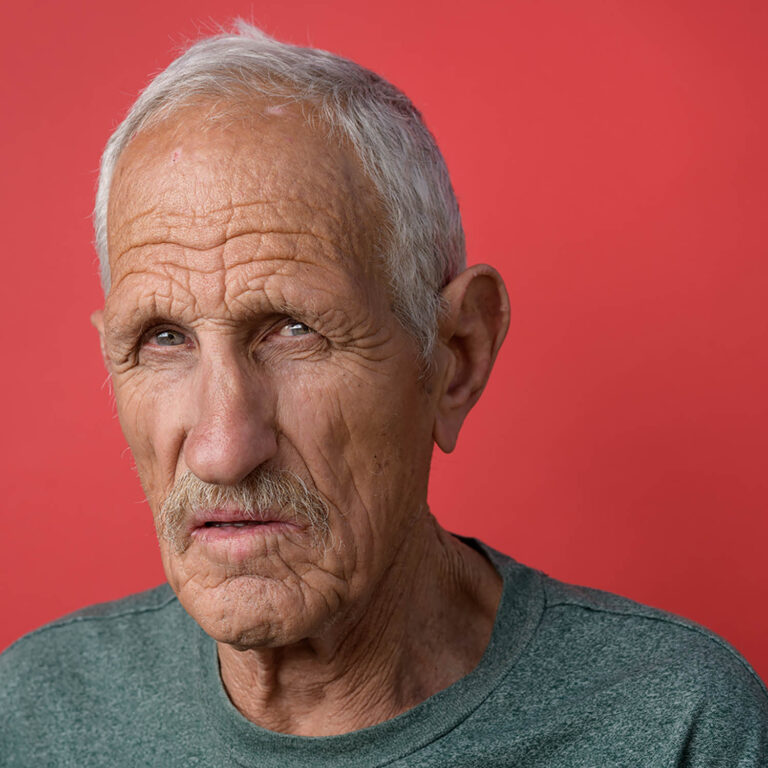
Zander was, according to him, among the builders of the Technion in Holon, the stock exchange in Ramat Gan and Dizengoff Center.
“In 1996, when we built the Dizengoff Center, I was fired because I was ill. After that I worked as a courier for several auto parts companies. Today I am retired, so I decided to collect bottles.”
At the corner of Histadrut and May 1st streets, stands the local ken (chapter) of youth movement HaNoar HaOved v’HaLomed (NOAL), one of the movement’s oldest, and the city’s stadium for the HaPoel soccer team. Both the youth movement and the soccer team are traditionally affiliated with the Labor movement from the state’s early days.
“We used to crowd into the stadium for games,” Zander recalled, adding that the red kiosk at the entrance operated until recent years, but the owners had passed away, and since then it closed down, since "the children did not want to renovate it."
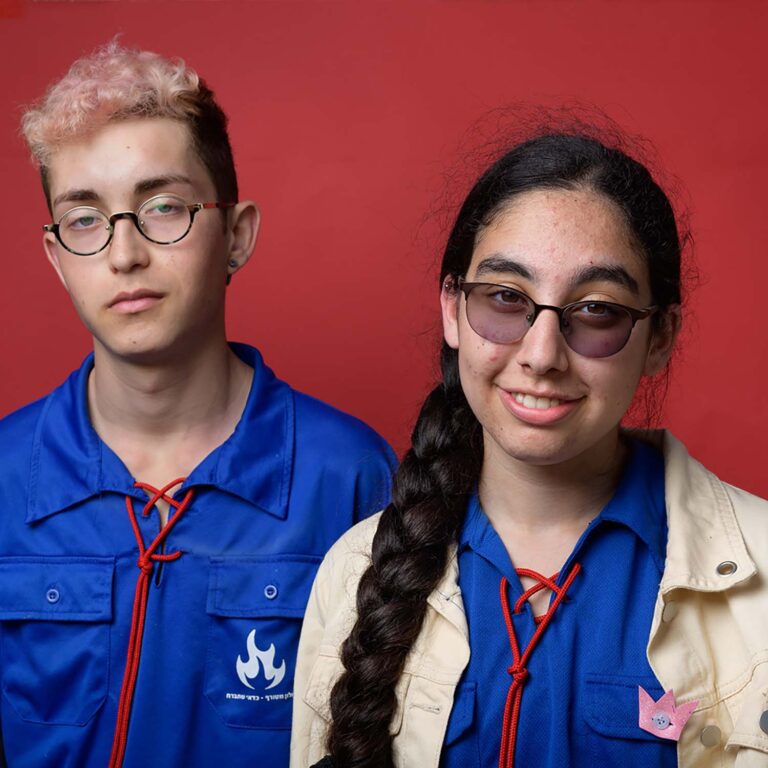
Segev Landau (18) is the youth leader for ninth graders in the youth movement. Noa Brill (15) is a participant in the movement. They arrive together for the afternoon’s activities.
“May Day is my brother’s birthday, as well as the ken’s street,” says Brill. Segev promises to “start preparing for activities for the group on May Day.” He is a little stressed out to find out that the date is just around the corner. He says that NOAL was established from the beginning as a trade union for working youth, and took care of their rights.
When asked what her favorite part of the youth movement was, Brill responded without hesitation, “that you’re my counselor, Segev.”
Segev ponders a bit and finally replies: “I’ve been in the ken since the fourth grade. I like that everyone knows everyone, that there is a connection between the year levels. It’s a very cohesive ken.”
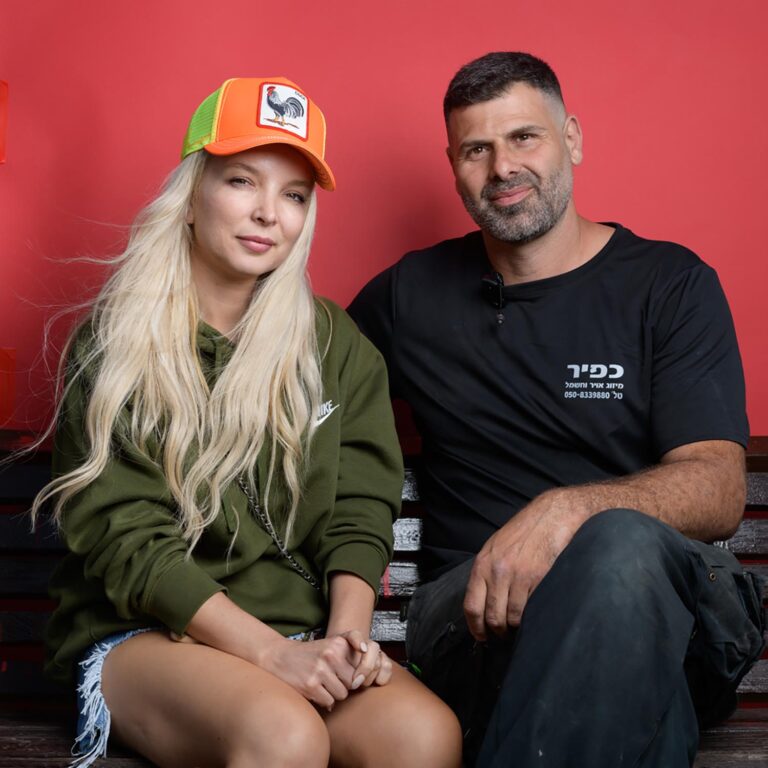
Kfir and Diana Yona arrived at the stadium to watch their son’s soccer practice in the HaPoel youth league. Both are self-employed – he works in air conditioning and she works in wedding styling.
“For me, work is a pleasure, but there is also no choice,” says Diana. “Dealing with the coronavirus was very difficult for us.”
The self-employed, they say, are the “new workers,” the fragile class, and maintaining a home in which both parents are self-employed is particularly complex. During the period of lockdowns, they both took out loans, but despite all the difficulty, they love what they do.
“I love interacting with people,” she says, adding: “I love that no one is my boss.”
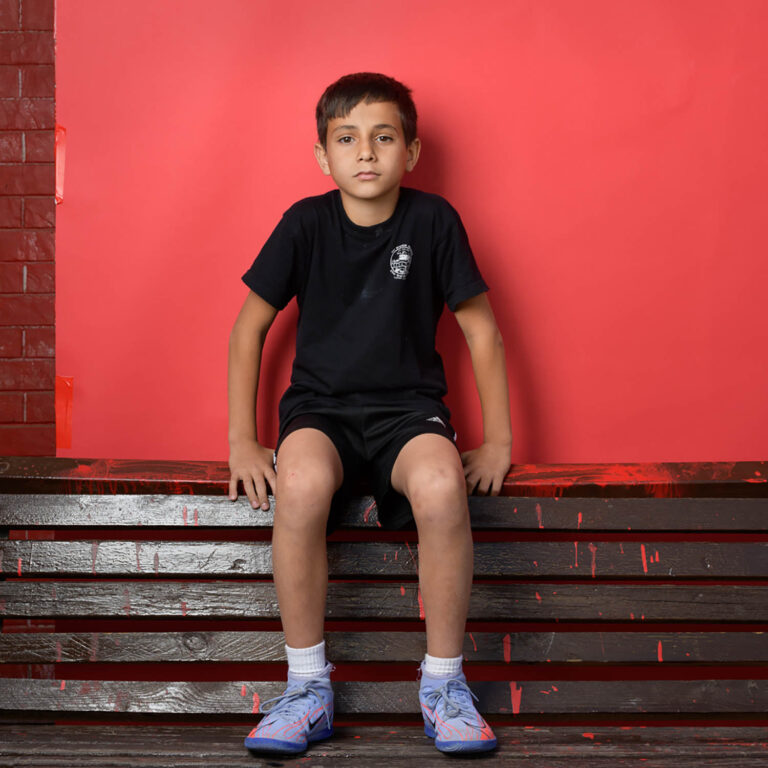
“My dad says that work is something you only do to make money,” says 10-year-old Tohar Tzarfati as he walks down the street. “But it's also something you want to do, and you use your body while doing it.”
Tohar, on his way home from a friend’s house, says, “When I grow up, I want to work in high-tech.”
“I once had a mentor who said people who work in high-tech make a lot of money,” he went on. “They work only half a day and on holidays you get presents.”
When asked why the color of the HaPoel soccer league is red (the traditional color of the workers’ movement), Tohar replied: “Work is desire to do something, and the color red is the color of a heart, so it is related.”
Shlomo Romano, (60) from Rosh HaAyin works as an electrical contractor in a project to build a technology center, Beit Roter, which is adjacent to the stadium.
“In the past, when I was an employee, I remember that on May 1st we didn’t work because there were conferences and rallies,” he says.
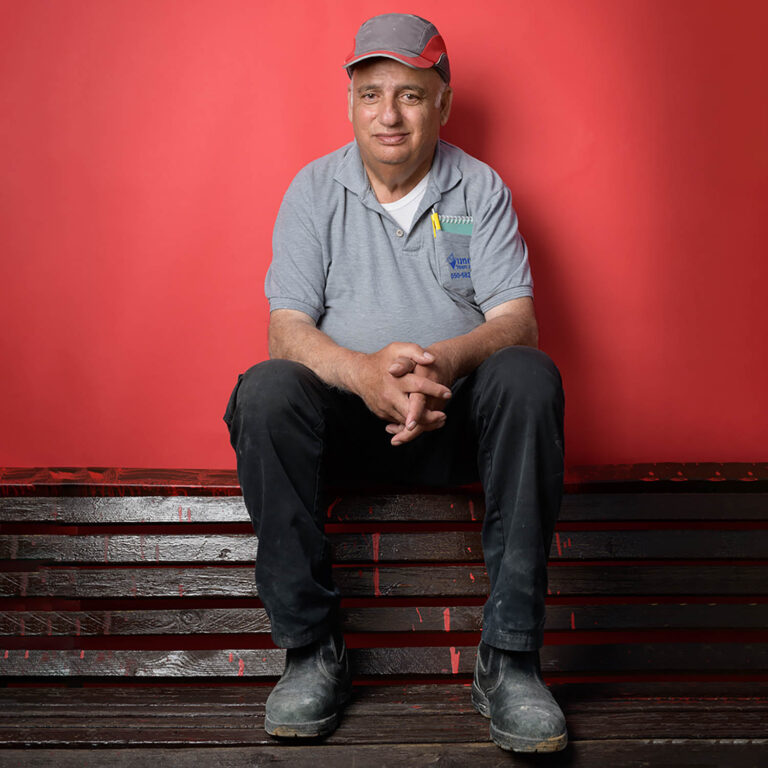
Romano currently employs two people himself, and for large projects he also employs freelancers.
“I’ve been in the profession for over 40 years, it’s in my blood. I love everything about this job, especially my paycheck,” he jokes. “But I also enjoy the work itself – the technical work, the thinking, the pre-planning, the connection with the customers.”
May 1st Street, Shefar’am | “A holiday of struggle for freedom and workers’ rights”
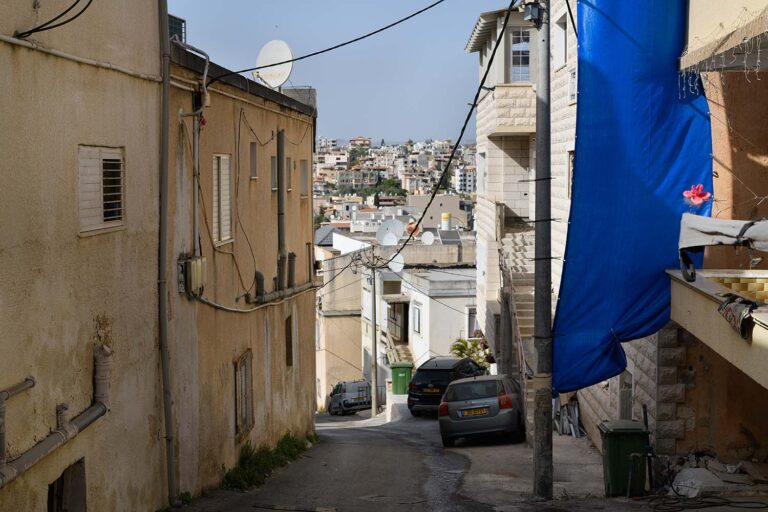
When searching Waze for a street called May 1st in Shefar’am, a northern Arab city also known as Shefa-’Amr, you come to a small street around the corner from Mahmoud Darwish (Palestinian national poet) street. But local passers-by do not know a street by that name. Another online map directs toward a small street without a sign. But the residents there insist it’s not the right street.
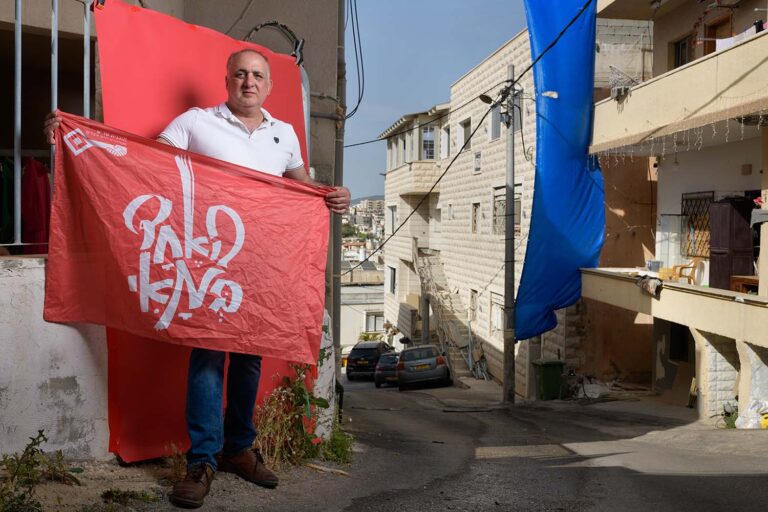
Zohair Karkabi (59), who served 14 years on the city council, including the naming committee, eventually directs us to the right street. A small street on a decline, which appears on the map under the number 205.
“As a member of the Communist Party,” says Karkabi, “I made sure there was one street in the city called May 1st, al-Awl Man أيَّار (al-Awl Man Ayir) in Arabic. For me, this is the most important holiday of the year. A holiday of struggle for freedom and workers’ rights.”
There is no “May Day” sign on the street, but Karkabi says the name has been approved by the Interior Ministry.
“We did not put up a sign because it is a small street, and I still hope to move that name to a larger, central street,” Karkabi explains.
However, the neighbors, some of whom are also party members, admit that they are proud to live on May 1st street. For many years there has been no march in Shefar’am on the holiday, but party members go out to march with their friends in Nazareth.
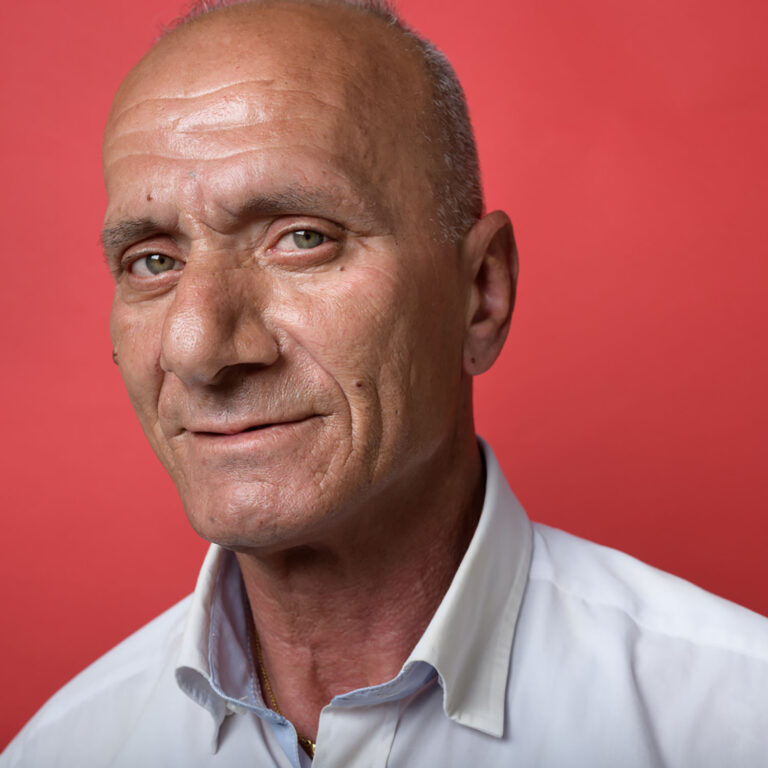
“It’s a nice street with good neighbors and friends,” says Najah Jarad, 59. “The land here belonged to my family, and according to what I was told, in the 1970s they wanted to take part of the land to build a better road. At the same time my brothers built a building here and it was very difficult to get permits. We made an agreement with the authorities that gave some of our land for the road and we got the building permits.
“This is a very difficult problem, the issue of building permits in Arab society today, so it was a good thing that they were able to settle the issue at that time,” he continues.
This article was translated from Hebrew by Sam Edelman and Matt Levy.






